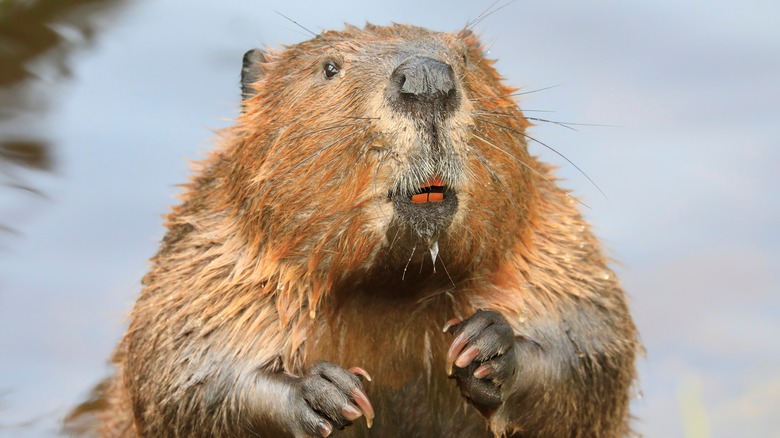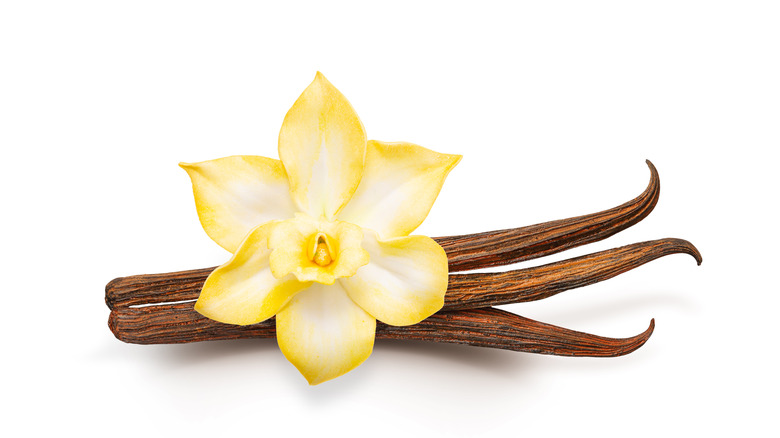Why You Shouldn't Be Worried About Your Vanilla Flavoring Coming From Beavers
You've probably heard some version of this story: The vanilla flavoring in the grocery store and sweet treats like baked goods is actually sourced from glands near beavers' butts.
It's outlandish enough that you may have dismissed it as an urban legend. In that case, we have bad news (but also some good news). First, the bad news: This tale is kind of true. There is indeed a type of vanilla flavoring that does come from a beaver's nether regions. This "beaver extract" is called castoreum and is known for having a musky, vanilla-like smell (although it was also used historically as a substitute for some fruity flavors like raspberry and strawberry).
However, the good news probably outweighs this. Castoreum is "harvested" in such small quantities that you've probably never encountered it, and chances are high that this particular variety of beaver juice will never end up in your mouth.
Where it comes from and why it's safe
Castoreum comes from the castor sacs of beavers. Often described as glands (which is technically incorrect), castor sacs are located between a beaver's tail and pelvis. Beavers secrete castoreum to mark their territory. The ancient Greeks noticed that this brown, syrupy substance had a pleasant odor (The smell is probably due to beavers' herbivorous diet) and started using it for other purposes.
It's been used as a flavoring agent in food for close to a century, and the United States Food and Drug Administration (FDA) classes it as "generally recognized as safe." In layman's terms, that means it's been checked out by scientific experts, and the agency has found that it's okay to consume as long as it's used in the appropriate setting (in this case, as a flavoring agent). The Flavor and Extract Manufacturing Association also regards castoreum as safe, with a toxicology journal noting that there have been no bad reactions to castoreum recorded. Because of the FDA classification, food producers are allowed to list castoreum as a "natural flavoring" on ingredient lists. However, it's a myth that it's prevalent in products in the supermarket baking aisle.
The two myths about beaver butt vanilla
The big myth about castoreum is it comes from beavers' anal glands. This is false. It comes from the animal's castor sacs, which are located near the anal glands. The fact that castoreum is sourced from near the anal glands (instead of directly from them) probably isn't very comforting to squeamish eaters, but it's still a distinction worth noting.
More importantly for those wary of chowing down on castoreum is that it's exceedingly rare in food. The process of extracting castoreum is laborious. It involves anesthetizing beavers before "milking" the castor sacs. The process is complicated, making castoreum very expensive; It's regarded as a high-end product with a niche audience. Consequently, only a minuscule amount of castoreum is harvested each year. Exact numbers vary, but probably between 300 and 1,000 pounds are harvested in the U.S. Comparatively, some 20 million pounds of vanilla beans are harvested globally each year (and that's without getting into the industrial-scale production of artificial vanilla flavoring). That means that the chances of it being in any mass-produced product on supermarket shelves are practically zero – although it may occasionally find its way into perfumes. Overall, it's so rare that it's likely castoreum has never and will never touch your lips.



